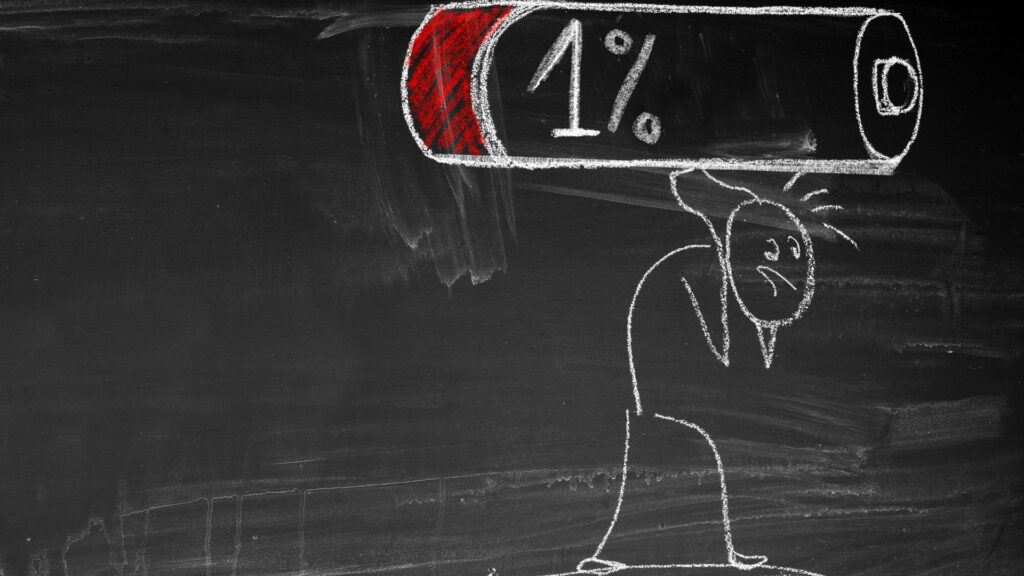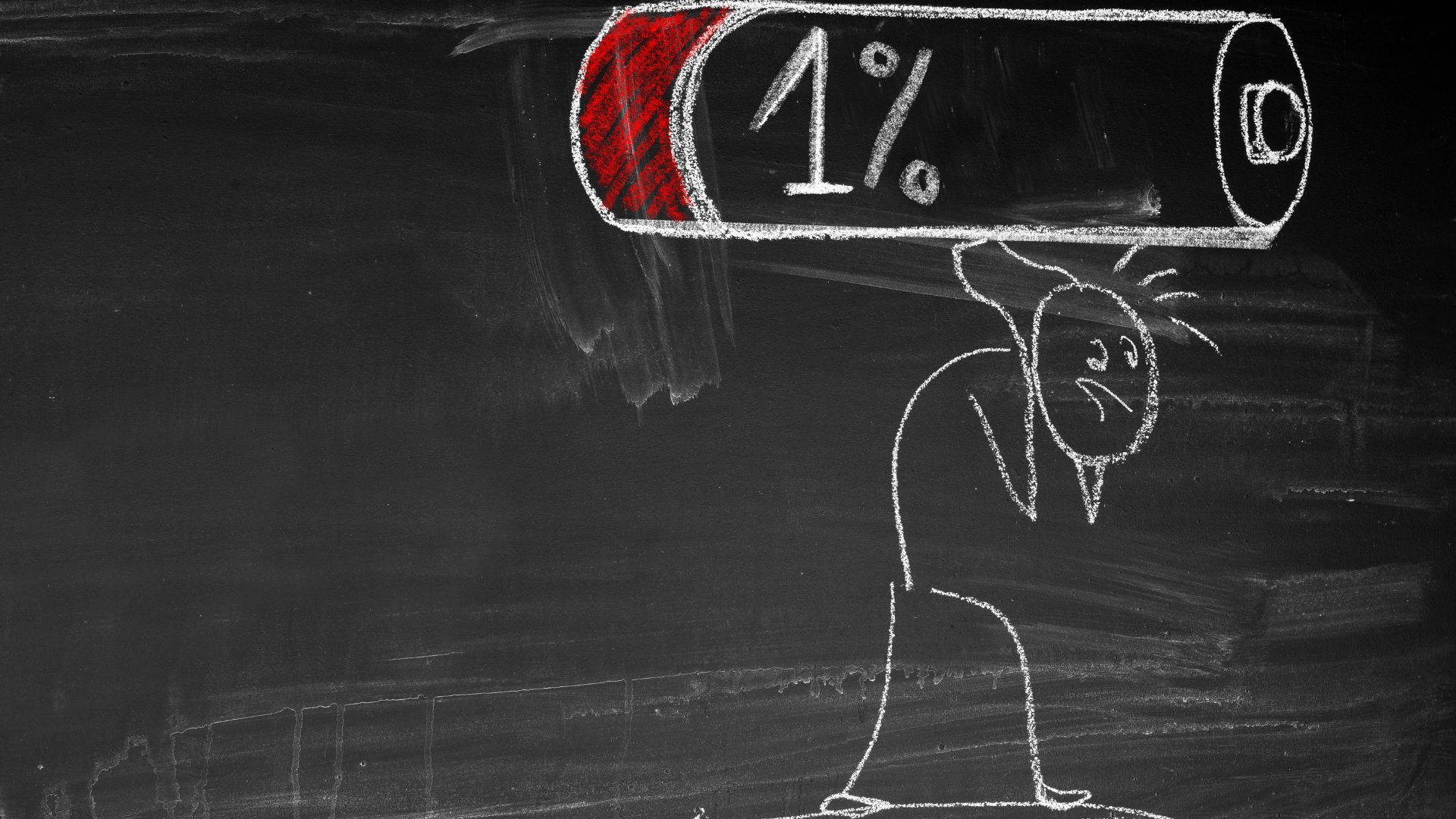
For people with ADHD, accomplishing everyday tasks and complying with social expectations can take their toll. This extra work might not look or feel like much one day at a time, but it can add stress to a person’s life and eventually lead to what is known as ADHD burnout.
ADHD burnout is a state of exhaustion that manifests mentally, physically, and emotionally, making seemingly simple tasks feel impossible and potentially leading to breakdowns, fatigue, and even feelings of hopelessness. This condition is especially common in young adults and students, who may have an excessive amount of work on their plates. Fortunately, understanding the ADHD burnout cycle can help you mitigate its effects.
What Are the Signs of ADHD Burnout?
While burnout is associated with feeling overwhelmed and exhausted, the earliest stages of burnout tend to occur before the worst symptoms emerge. What does this mean? If you aren’t on the lookout for the early warning signs, you could be hours or days into a period of burnout before even realizing it.
To catch burnout early enough to fruitfully address it, be on the lookout for:
- Worsening time management
- Inability to start or follow through with a project, goal, or chore
- Lack of motivation
- Waning productivity
Each of these signs is a warning that burnout is on the way. They each indicate a weakening of executive functions that occurs before burnout goes into full swing. If you find yourself suddenly turning in assignments late, starting homework at the last minute, or missing classes or meetings, you may be experiencing burnout.
What Causes the ADHD Burnout Cycle?
Everyday life is particularly tiring for many people with ADHD. Some people need to work harder to remember important dates and deadlines, while others find themselves masking their personality and behaviors to fit in, to prevent others from feeling uncomfortable, or to people please. Sometimes hyperfocusing causes a person to drop their self-care routine or complete a project at the expense of other necessary tasks.
Essentially, all these tasks “cost” more to a person with ADHD, and the costs can add up quickly but silently, leading to exhaustion, fatigue, and declining mental, physical, and emotional health. Because these factors aren’t always clearly and directly related, it can be hard to notice their correlation, which means that, once recovered from burnout, someone with ADHD is likely to throw themself back into a routine that will lead right back to burnout.
The Challenges of ADHD Burnout for Students
ADHD burnout is always a difficult experience, but it can have a significant impact on students. Burnout frequently leads to a loss of motivation, a lack of focus, and difficulty following through with commitments and projects. This means burnout threatens an individual’s ability to complete important assignments, work successfully in groups, and even attend classes. This may lead to completing work for one course at the expense of another, which can become a dangerous cycle of its own.
How to Deal With ADHD Burnout
1. Know Your Triggers
While it’s not always possible, the best way to deal with burnout is to do what you can to prevent it in the first place. Know what situations and occurrences trigger burnout and avoid them when possible. If you can’t avoid them, prepare yourself to deal with them as soon as possible. You might find it helpful to put together a basic checklist to help yourself regroup or an accountability buddy to talk through your experiences and get support as you get back on track.
2. Remember Self-Care
Burnout makes people feel simultaneously exhausted and busier than ever, which makes resting hard. You still need to prioritize caring for yourself, however. This could be something simple, like remembering to bathe or setting aside a few minutes each night for self-reflection. You can also take up a meditation or exercise routine to help clear your head. Asking for help is also a form of self-care because it can help lighten your mental load and provide some emotional and logistical relief.
3. Seek Executive Function Coaching
Peer and family support is a valuable resource and can help you feel more connected and grounded rather than isolated during a burnout phase. Talking with a professional is another excellent way to get an outside perspective on your situation and some actionable advice. An executive function coach can help you identify your triggers and signs of burnout faster, and they can give you individualized techniques to mitigate the symptoms and get back on track sooner.





